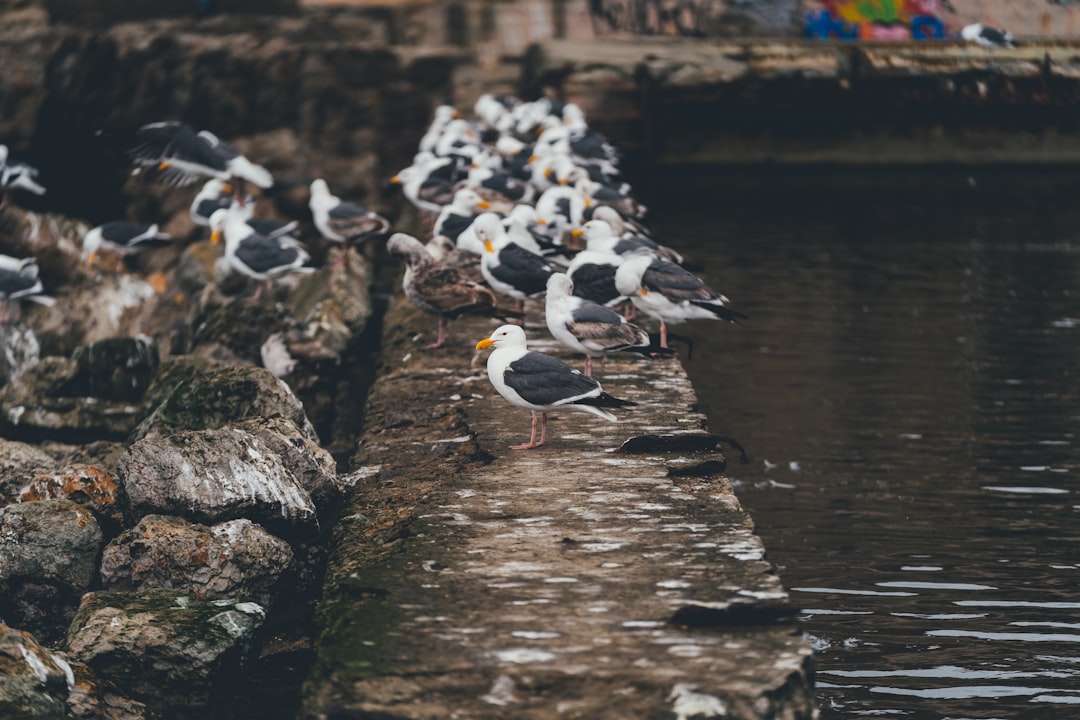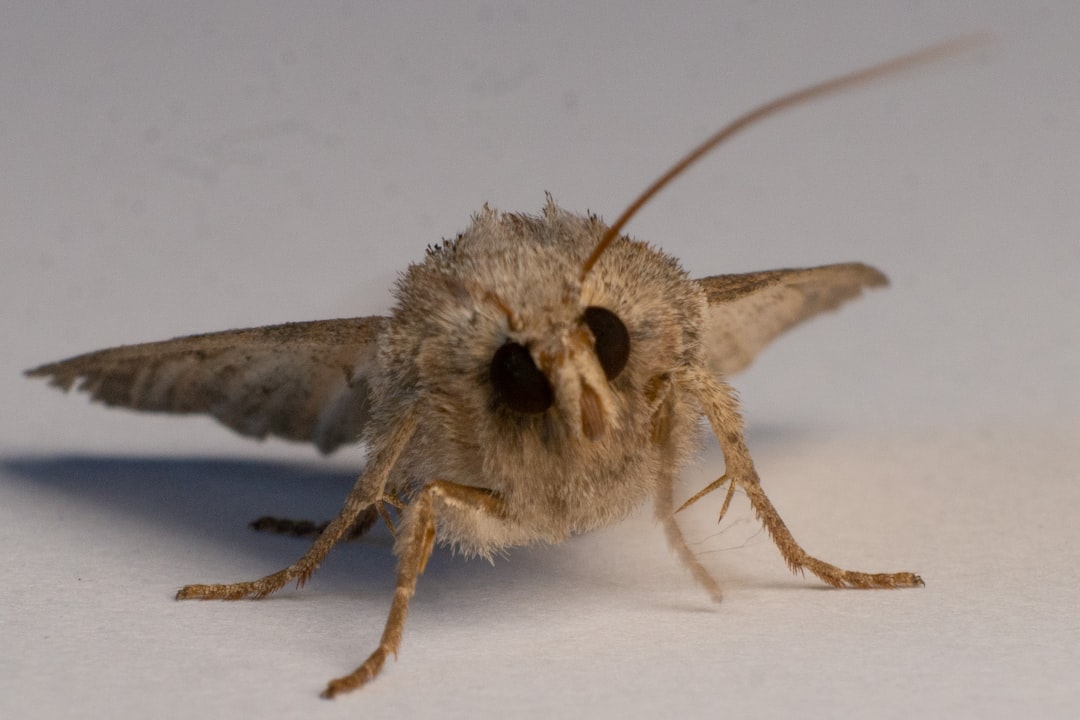What is it about?
Red palm mite was reported as an invasive pest in the Caribbean in 2004. Shortly after it was detected in the New World, it was hypothesised populations originated in India, as the majority of literature reports were from there (no molecular biogeographical work had been published when the study was commissioned). We were funded by the USDA to conduct research to study the within- season dynamics of red palm mite and to report on the relationship of red palm mite and its associated natural enemies
Featured Image
Why is it important?
The study shows that population densities of red palm mite are much lower in India when compared to those reported in the invasive range, also the paper gives a starting point to compare natural enemy complexes in its naturalised and invasive range. It was found that the predator Amblyseius largoensis which is associated with red palm mite in its invasive range is also associated with the pest in India.
Perspectives
This paper gives a scientific evaluation of the population dynamics of this important pest in a range where it is naturalised. This work underpins much of the work carried out in the invasive range as it acts as a comparator for scientists to refer to when studying the mite in the invasive range. The results from this study showed that densities in the naturalised range were much lower than those reported in the invasive range and gave insights into how the pest dynamics correspond with the densities of phytoseiid predators and how populations may respond to certain meteorological conditions. This gives contextual information to assess the severity of infestations in the newly invaded range.
Miss Bryony Taylor
CABI
Read the Original
This page is a summary of: Within-season dynamics of red palm mite (Raoiella indica) and phytoseiid predators on two host palm species in south-west India, Experimental and Applied Acarology, September 2011, Springer Science + Business Media,
DOI: 10.1007/s10493-011-9482-0.
You can read the full text:
Contributors
The following have contributed to this page










